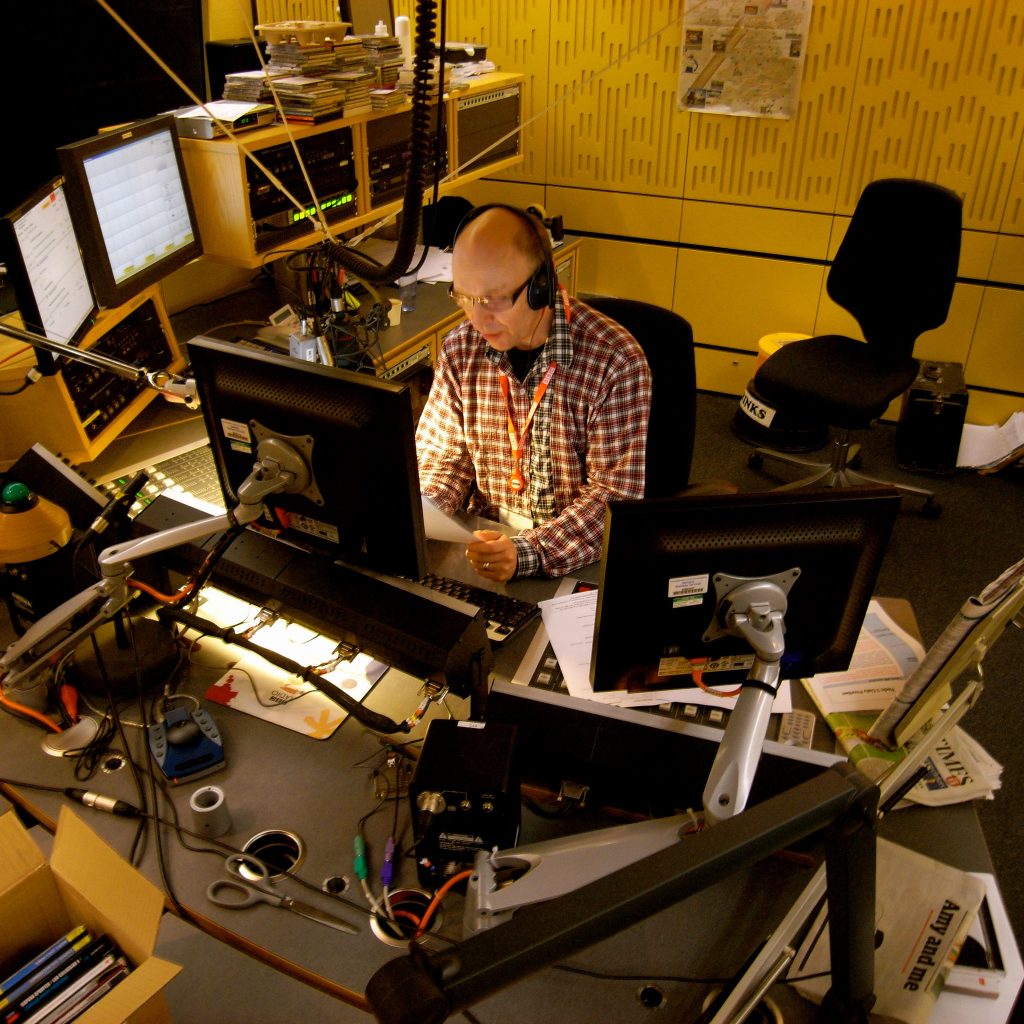I mean the absolute worst thing.
Well, obviously, there’s a long list. I mean I don’t want to sound like an idiot. But, listen, I have a candidate: LinkedIn. LinkedIn is the worst thing. That’s it. Nothing further.
In which I try, after 25 years of blogging, to drop my ironic stance a bit.
Well, obviously, there’s a long list. I mean I don’t want to sound like an idiot. But, listen, I have a candidate: LinkedIn. LinkedIn is the worst thing. That’s it. Nothing further.
We all got upset when Instagram’s small print changed yesterday because the pictures and stories we keep there are important to us. Emotionally. If Instagram had been trashy and ephemeral no one would have been upset at all. But Instagram is about memory and stories.
So it’s the opposite of ephemeral (even if you only photograph sandwiches). And this, of course, is all obvious, if you think about it for more than about a minute. We’re practically twenty years into this thing, and about five years into its social phase, during which we share everything.
We’ve all spent a reasonable fraction of our lives stacking up pictures and life fragments and jokes and links in these big, public databases. So, if you’re going to even hint that my precious memories aren’t actually mine, then you’re going to have to accept that I’ll get upset about it.
Right now, it looks like the whole thing was actually just a misunderstanding and Instagram are busy adjusting the wording of the contract. But I think this would probably be a good time for Instagram to launch that Creative Commons option anyway.

This page originally hosted a Storify live blog recording a lovely episode of BBC Radio 3’s Late Junction. I sat in the studio and updated the page with social media, photos, videos from the studio etc. It was an experiment in how to bring to life a radio programme for the social media era. And, some time in the 10 years since I did this, Storify went out of business, ceased trading, closed down, went bust. The web site has gone. There’s just a Wikipedia entry to remind us that Storify ever existed. Another reminder that the web is way more fugitive that we ever thought it might be.

Top debunker Andrew Orlowski put the boot into Twitter and to poor old Rory Cellan-Jones in a very entertaining way in the tech Private Eye The Register the other day. Orlowski’s kind of militant scepticism is useful. Everything new and especially fancy should be tested against an Orlowski figure (if you’ve got one handy).
And where an actual Orlowski isn’t available you should try to maintain a tiny internal Orlowski against which to test your more self-obsessed ideas (I have a tiny internal Julie Burchill who regularly comes to my aid if I drift off into hyperbole or solipsism. She’s been there since about 1979 and she usually tells me “that’s a load of wank isn’t it Steve?”).
But in this case Orlowski is actually wrong (my Burchill is quite often wrong too). Twitter is self-evidently home to a million Pooters: eager nobodies telling the world about their lovely sandwiches or their new sandals or their slight colds but they’re not important.
Twitter’s important because it at least suggests a genuinely new mode of communication and it has characteristics that are going to be important for all the other forms of communication so we should make sure we study it carefully before we trash it:
Rory wrote his own blog entry about this here.
I ran a session for Deirdre and the Chinwag crowd at the Ad:Tech conference yesterday. The theme (which we’ve covered before) was ‘micromedia’: widgets and microblogging and the atomisation of content and app functionality that’s going on out there. My speakers were: Nick Halstead, whose fav.or.it is an interesting entry in the social bookmarking/blog aggregation area, Miles Lewis who’s a proper biz dev geezer and works at Last.FM and the near legendary Umair “Bubble Generation” Haque who is an all-round interesting bloke.
It was the most interesting of the various sessions I’ve run on this theme. Umair gives good analogy and his comparison of the social media chaff we’re creating by the truckload with the toxic debt produced by the financial community was instructive. He said that the increasingly clever and sophisticated architectures we’re developing are like the impossibly exotic financial derivatives that have brought a large part of the investment banking industry to his knees. I suggested we might liken the wasteful, unsustainable social media that’s beginning to clog the wires to the smog that disfigures big cities everywhere.
I’m not going to test Umair’s analogy to destruction but I can certainly agree with him that there’s a risk we’ll forget the purpose of these devices we’re building if we allow them to gain a life of their own, just as derivatives originally meant to hedge risk for simpler securities have grown into markets in their own right.
Umair’s final point was that the richness or effectiveness of a particular device is irrelevant if it’s being used in a miserable or exploitive way. The business of marketers should be to invest in durable, authentic content and experiences for their customers, not coming up with increasingly effective ways of taking them to the cleaners. At a conference and trade show devoted to online advertising I think this was a good message to leave behind. I suggested we start a service that ranks social media gadgets according to their authenticity, sustainability or social value. It’ll be a huge hit.